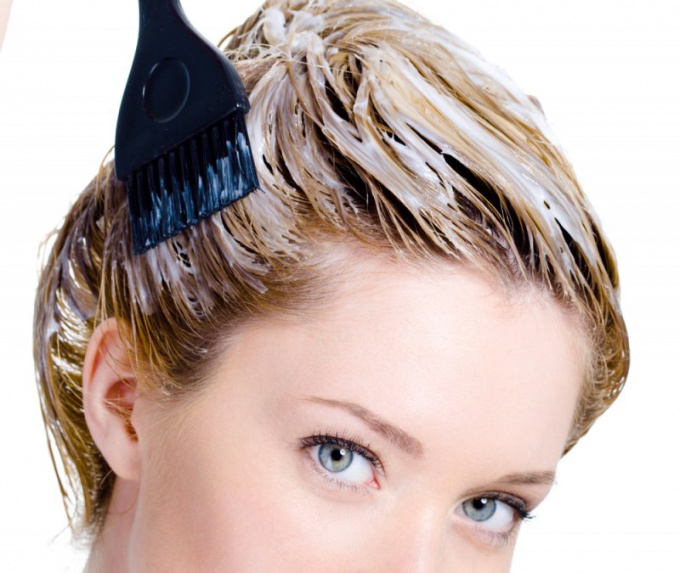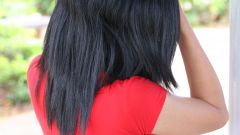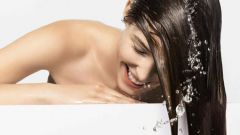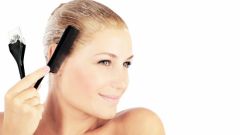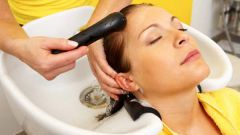Initially hair coloring was used henna, Basma or other components of plant origin that not only changed color, but also fed the structure of the hair, strengthen it and rejuvenated. In the early 20th century was designed by dye to change the hair color on the basis of ammonia, which quickly took a leading position, and soon completely replaced vegetable dyes. But the composition of such funds is very aggressive, its effectiveness is based on the effects on the structure of the natural material, which is hair and which is very difficult to recover. Dangerous ammonia fumes that get into the human respiratory tract during the procedure of hair coloring. Yes, and on the scalp some of those who use the products based on it, the ammonia leaves burns. Manufacturers of decorative cosmetics this problem, of course, bothered no less than their clients, and they, after years of research and experiments, still unable to develop hair dye without ammonia.
Shampoo coloring preparations are based on pigments of plant origin, they can be used often-even after perming and bleaching the hair. They include not only substances that change hair color, but the plant extracts (birch, grapes, walnuts, oil, and extracts of them, complexes of vitamins that nourish, moisturize and restore the structure.
Those who have not yet had time to try something new, of course, concerned about how shampoo quickly washed away the paint from the surface of the hair. In contrast to his aggressive predecessor, now the paint does not affect the structure of the hair, it only changes the color of the surface. Paint on the basis of the ammonia penetrates into the depth of the hair, lifting his scales, that is, destroying it. Substance gentle products coat the hair and fixed on its surface with the help of hydrogen peroxide, the content of which is so insignificant that in no way can cause harm. On the surface, the pigments are held for 5-6 weeks, but their color fades with each shampooing.
Unfortunately, all that has its merits, has its disadvantages. Was no exception and shampoo and hair dye, but its disadvantages are so insignificant that are simply not able to outshine its pros. For example, if you want to get rid of the bleaching powder paint from a gray hair, will need to do this in several stages. In addition, this tool is more expensive than the dye based on ammonia. But when you consider the fact that the structure of the hair will not be damaged, such costs are completely justified.
What shampoo hair dye
Shampoo coloring preparations are based on pigments of plant origin, they can be used often-even after perming and bleaching the hair. They include not only substances that change hair color, but the plant extracts (birch, grapes, walnuts, oil, and extracts of them, complexes of vitamins that nourish, moisturize and restore the structure.
Those who have not yet had time to try something new, of course, concerned about how shampoo quickly washed away the paint from the surface of the hair. In contrast to his aggressive predecessor, now the paint does not affect the structure of the hair, it only changes the color of the surface. Paint on the basis of the ammonia penetrates into the depth of the hair, lifting his scales, that is, destroying it. Substance gentle products coat the hair and fixed on its surface with the help of hydrogen peroxide, the content of which is so insignificant that in no way can cause harm. On the surface, the pigments are held for 5-6 weeks, but their color fades with each shampooing.
Disadvantages contact lenses coloring tools
Unfortunately, all that has its merits, has its disadvantages. Was no exception and shampoo and hair dye, but its disadvantages are so insignificant that are simply not able to outshine its pros. For example, if you want to get rid of the bleaching powder paint from a gray hair, will need to do this in several stages. In addition, this tool is more expensive than the dye based on ammonia. But when you consider the fact that the structure of the hair will not be damaged, such costs are completely justified.
